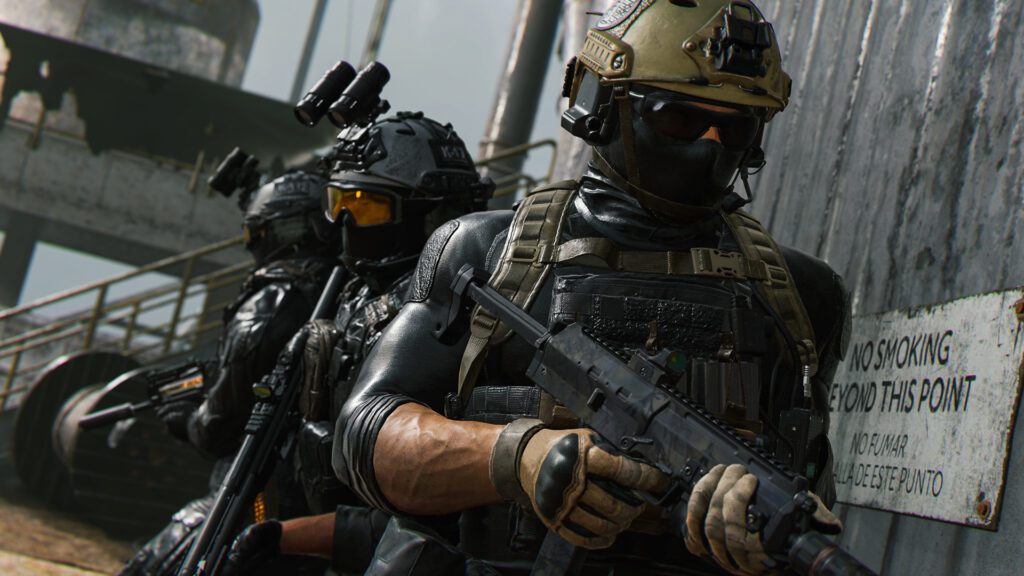Video game art design is a critical aspect of game development, involving various components that ensure a visually stunning and cohesive design. The process starts with creating concept art to provide a visual representation of the game’s vision and is used as reference throughout the development stage. Artists then create 3D models using polygons, followed by texturing and level design to build the game’s environment. Animation brings video game characters to life through a series of movements, while special effects enhance player experience through lighting, sound, and other immersive elements. A well-designed video game requires a team of experts working together to achieve the final product.
From Concept to Creation: A Deep Dive into Video Game Art Design
Introduction
Developing a video game is a complex process that involves various creative and technical components. Among the most important aspects of game design is art design, which is responsible for creating the visual elements that make up a game. In this article, we will take a deep dive into the art design process of video games, from the initial concept to the final product.
Concept Art
The first step in video game art design is creating concept art. Concept art is a visual representation of the game’s vision and sets the tone for the entire project. Artists are responsible for creating rough sketches and illustrations that help the design team envision the game’s world, characters, and themes. Concept art is essential in creating a cohesive design, and it is used as a reference throughout the game’s development.
3D Modeling and Texturing
After the initial concept art is created, the 2D illustrations are brought into 3D modeling software. A 3D modeler takes the concept art and creates a 3D version of the object. The 3D modeler must ensure that the model is accurate in shape and proportion. A 3D model is built using polygons, which are connected by edges to form the object’s shape. Once the model is complete, the next step is to texture it. Textures are the outer layer of a model that provides fine-detailing; it is what makes a character look like leather or wood. Texturing is done by mapping an image onto the surface of the 3D model.
Level Design
Level design is a significant aspect of the art design process. Video game levels set the tone of the game and help to drive the narrative. Level designers create the game’s environment, including terrain, buildings, structures, and any interactive items. They are responsible for making sure that players can move freely throughout the game’s world while maintaining a cohesive design.
Animation
Animation breathes life into the game characters, making them more than just static models. Video game animators create a series of movements that bring the characters to life. The animation process is a meticulous procedure that involves creating poses, refining them, and breaking them down into keyframes. Electronic Arts’ Madden NFL franchise, for example, uses motion capture technology to record movements of actual NFL players and implement those movements into the game’s characters.
Special Effects
Game designers and artists use special effects to make the game more immersive and enhance the player experience. Visual effects include lighting, smoke, explosions, and other elements that help to bring a game to life. Sound effects also impact the game experience, where sounds like gunfire, footsteps, and background music are used to engage the player.
Conclusion
Creating a video game is a complex process that involves a variety of creative and technical components. Art design plays a significant role in the creation of a video game, where concept art, 3D modeling, level design, animation, and special effects all come together to produce a cohesive design. A well-designed video game is visually stunning, and it requires a team of experts working together to achieve the final product. By understanding the art design process, gamers can gain a deeper appreciation for the intricacies of game development.
References
- “The art of video game design”. Jesse Schell. Jesse Schell’s Theory of Fun for Game Design.
- “Video Game Art Design”. School of Game Design.
- “What is 3D modeling?”. Autodesk. Autodesk 3D Modeling.
- “Video Game Animation Career Path-What It Takes to Be a Game Animator?”. Reallusion. Reallusion Blog.
- “Animations and Special Effects”. Unity. Unity Learn.
